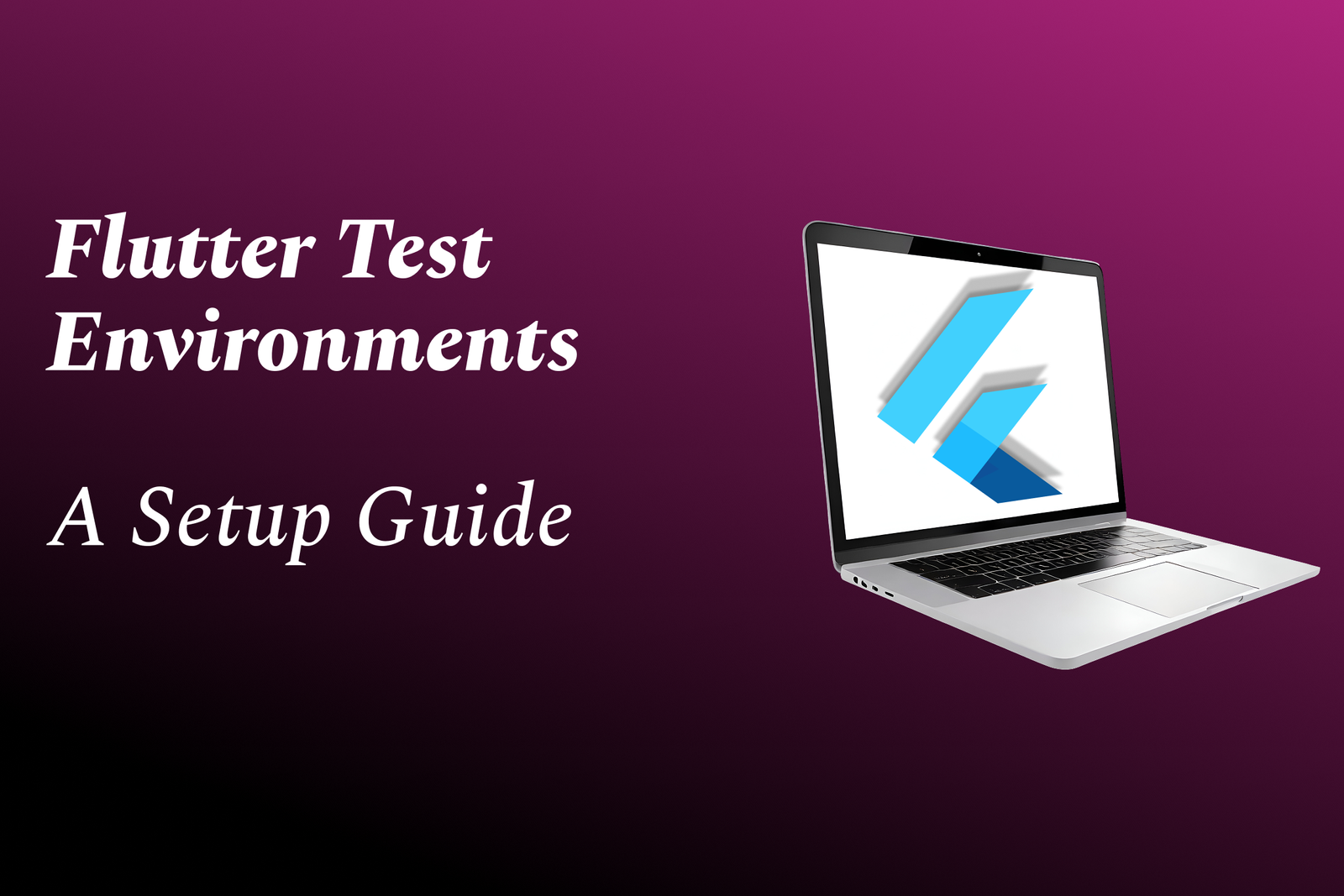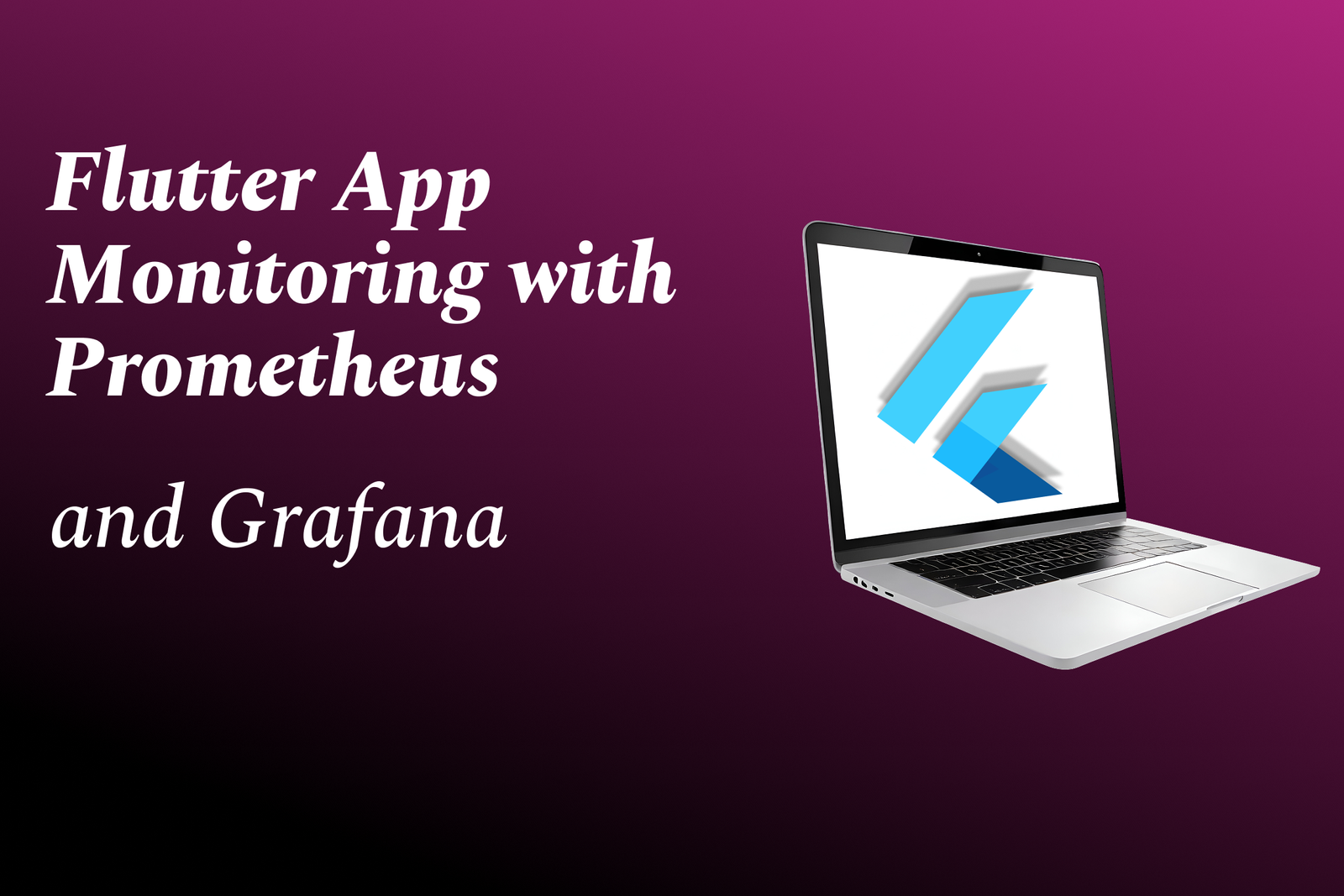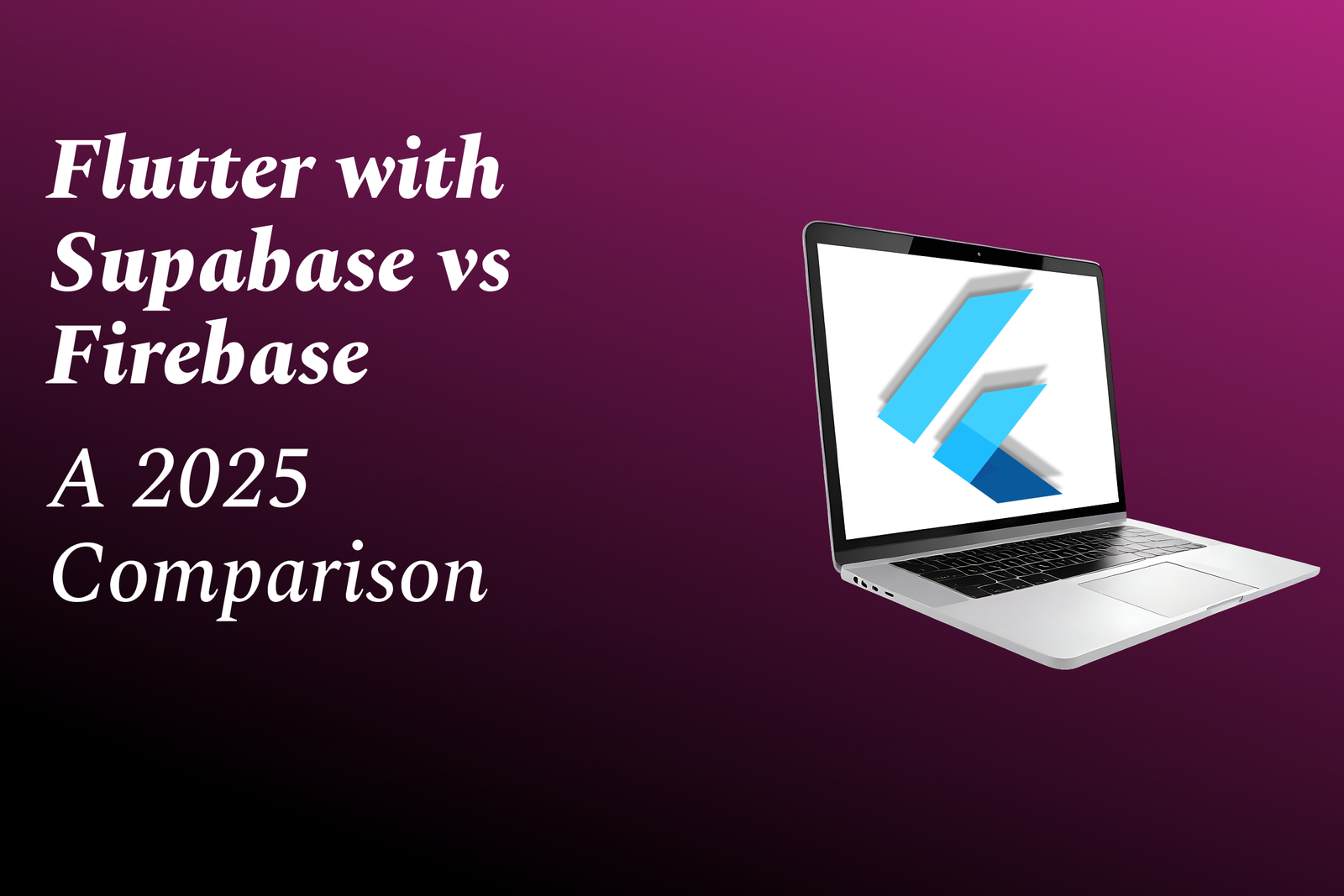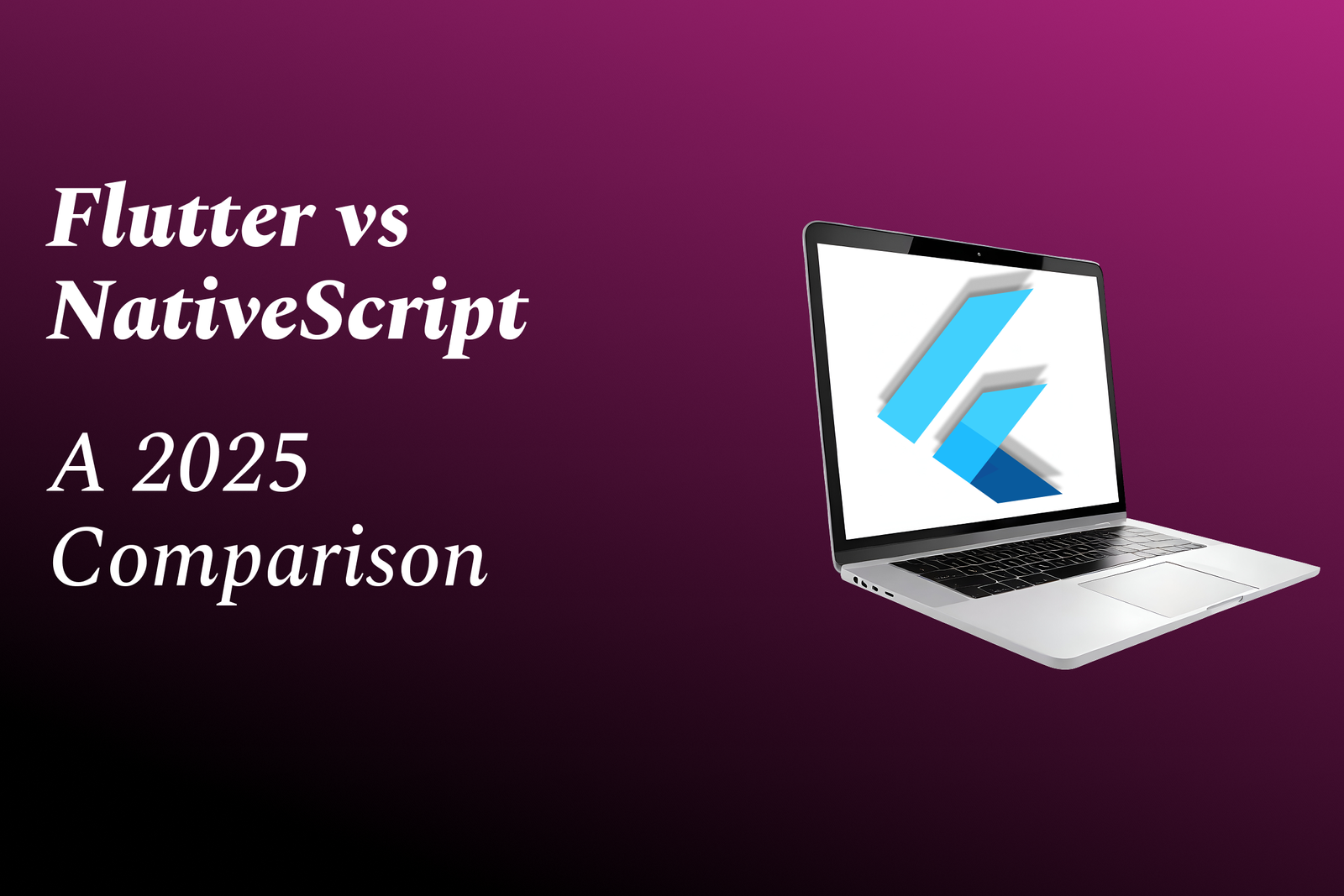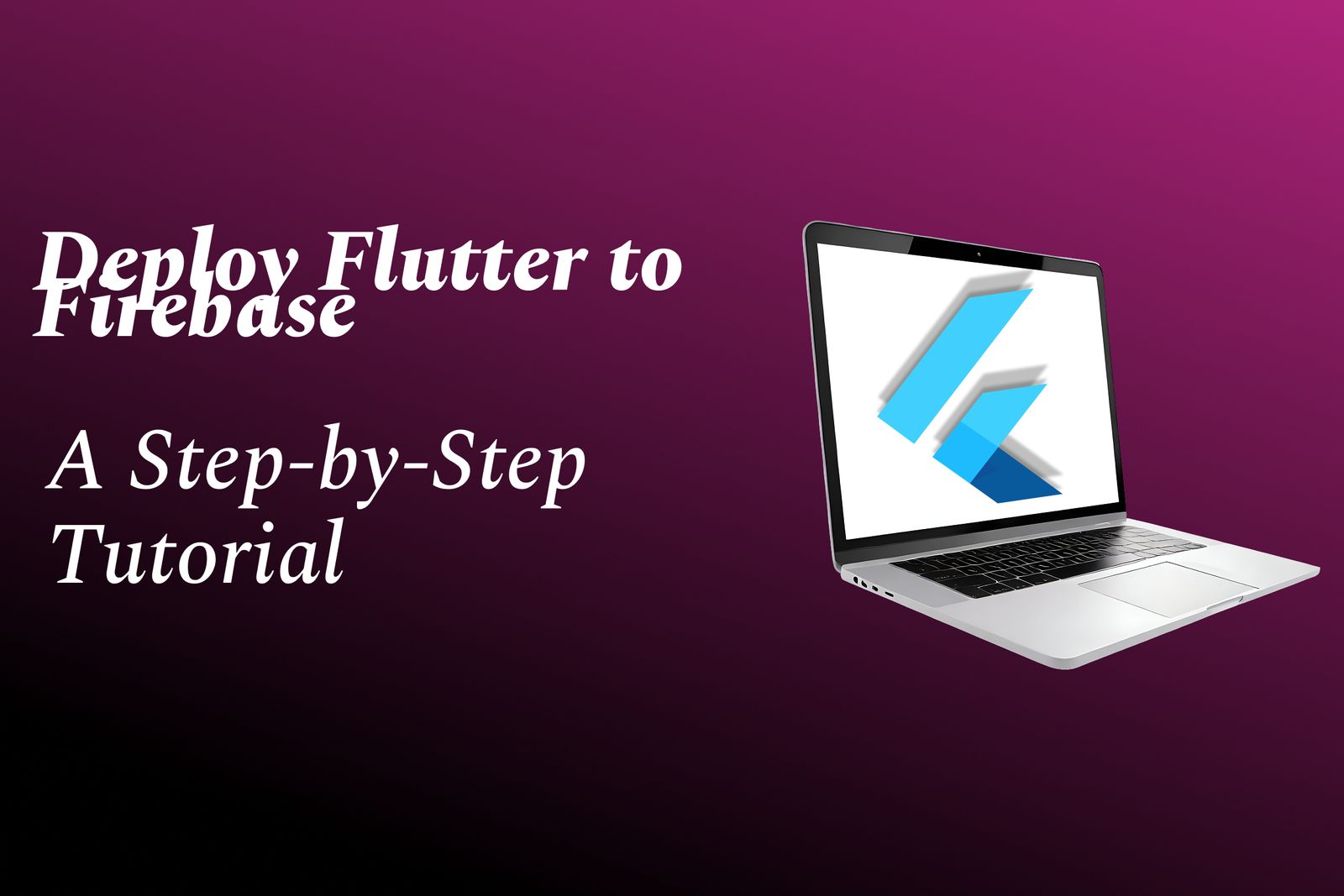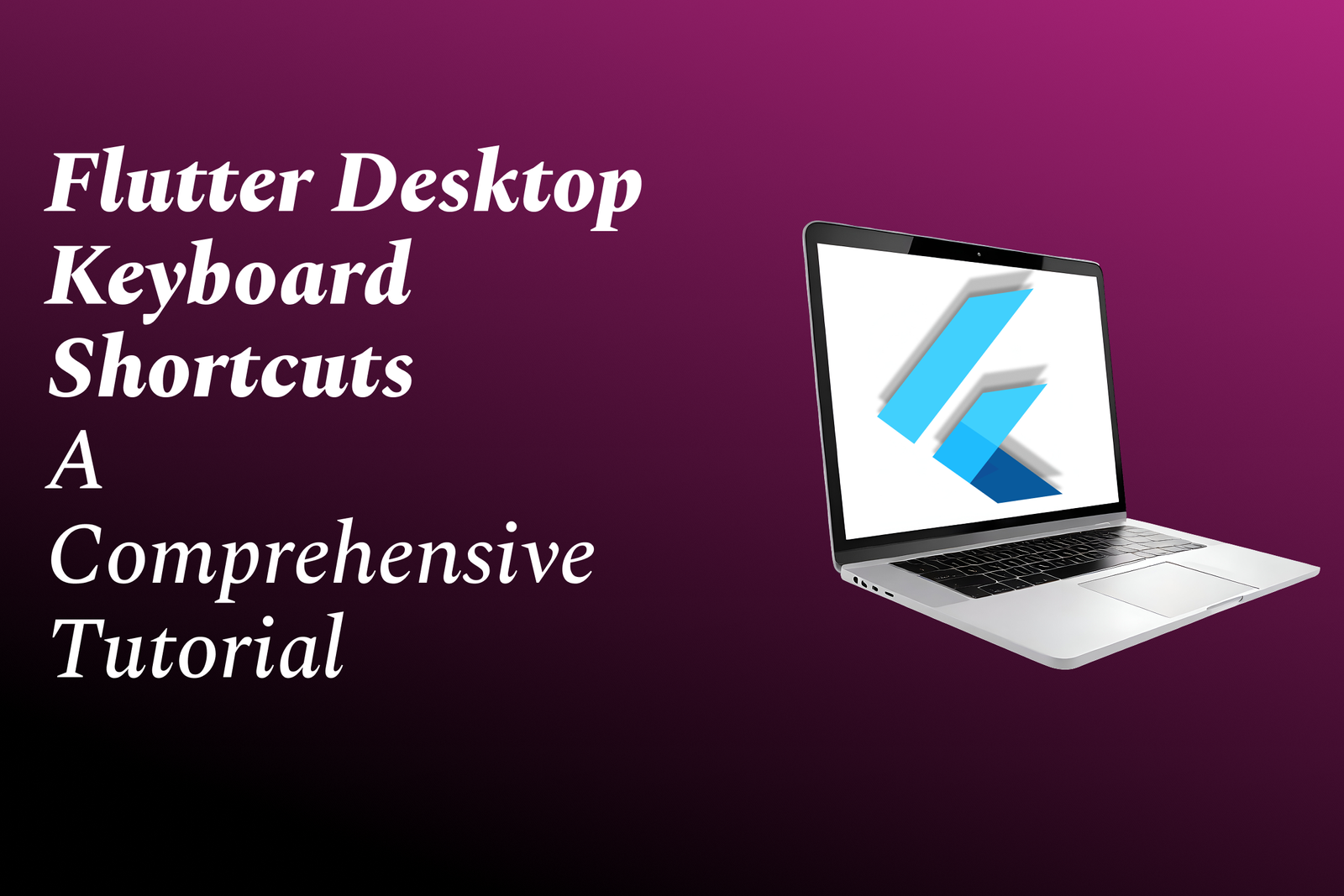Flutter Test Environments: A Setup Guide
Flutter Test Environments: A Setup Guide describes how to create a consistent, reproducible workflow for running Flutter unit, widget, and integration tests across local machines and CI/CD pipelines. It covers installing the Flutter SDK and test packages, configuring IDEs and emulators/simulators, structuring test folders and mocks, and integrating test runs into automated pipelines or device farms so UI and platform-specific behavior can be validated reliably. The guide emphasizes fast feedback, stable test data, and environment variables or stubbing strategies to isolate external dependencies, helping teams catch regressions early and ship higher-quality apps with confidence.
Flutter Test Environments: A Setup Guide
Flutter Test Environments: A Setup Guide shows how to create a consistent, reproducible workflow for unit, widget, and integration tests across local machines and CI/CD pipelines—helping teams detect regressions early, speed up feedback loops, and ensure UI and platform-specific behaviors work reliably on emulators, simulators, and real devices. By covering SDK and test package installation, IDE and device configuration, test organization, mocking/stubbing strategies, and CI integration, the guide reduces flaky tests and external dependencies so developers can ship higher-quality Flutter apps with confidence.
To Download Our Brochure: **https://www.justacademy.co/download-brochure-for-free
**
Message us for more information: **https://api.whatsapp.com/send?phone=919987184296
**
Flutter Test Environments: A Setup Guide shows how to create a consistent, reproducible workflow for unit, widget, and integration tests across local machines and CI/CD pipelines—helping teams detect regressions early, speed up feedback loops, and ensure UI and platform specific behaviors work reliably on emulators, simulators, and real devices. By covering SDK and test package installation, IDE and device configuration, test organization, mocking/stubbing strategies, and CI integration, the guide reduces flaky tests and external dependencies so developers can ship higher quality Flutter apps with confidence.
Course Overview
Configure consistent Flutter unit, widget, and integration test environments for local and CI workflows, covering emulators, mocking, SDK setup, and test organization.
Course Description
JustAcademy's “Flutter Test Environments: A Setup Guide” teaches developers to configure local and CI test workflows, manage emulators and SDKs, mock dependencies, and organize unit, widget, and integration tests through hands-on projects for reliable, reproducible testing.
Key Features
1 - Comprehensive Tool Coverage: Provides hands-on training with a range of industry-standard testing tools, including Selenium, JIRA, LoadRunner, and TestRail.
2) Practical Exercises: Features real-world exercises and case studies to apply tools in various testing scenarios.
3) Interactive Learning: Includes interactive sessions with industry experts for personalized feedback and guidance.
4) Detailed Tutorials: Offers extensive tutorials and documentation on tool functionalities and best practices.
5) Advanced Techniques: Covers both fundamental and advanced techniques for using testing tools effectively.
6) Data Visualization: Integrates tools for visualizing test metrics and results, enhancing data interpretation and decision-making.
7) Tool Integration: Teaches how to integrate testing tools into the software development lifecycle for streamlined workflows.
8) Project-Based Learning: Focuses on project-based learning to build practical skills and create a portfolio of completed tasks.
9) Career Support: Provides resources and support for applying learned skills to real-world job scenarios, including resume building and interview preparation.
10) Up-to-Date Content: Ensures that course materials reflect the latest industry standards and tool updates.
Benefits of taking our course
Functional Tools
1 - Flutter SDK
The core toolkit for building and testing Flutter apps, providing the runtime, widgets, and engine students will use every day.
Training covers installation, channel management (stable/beta/dev), and SDK specific test behaviors to avoid environment related flakiness.
Hands on modules teach how to run unit, widget, and integration tests with the SDK commands that mirror real world CI pipelines.
Students learn to interpret SDK logs and resolve common versioning issues that break test runs across machines
2) Dart SDK
The language runtime and package manager underpinning all test code, essential for writing fast and type safe test suites.
Sessions include configuring Dart analysis, null safety implications for tests, and using pub for dependency management in test environments.
Practical labs focus on writing pure Dart unit tests, mocking strategies, and leveraging language features to simplify testability.
Students gain confidence debugging failed assertions and optimizing Dart test performance for large projects
3) Flutter CLI
Command line entrypoint for running tests, building artifacts, and interacting with emulators and devices during automated runs.
Course segments show how to script flutter test, flutter drive, flutter build, and device specific flags used in CI configurations.
Students build reusable CLI scripts and learn best practices for parallelizing and filtering tests to speed up feedback loops.
Hands on exercises include creating reproducible commands for developers and CI runners
4) Android Studio + Android SDK/AVD
Full featured IDE and emulator tooling for Android specific testing and end to end verifications on virtual devices.
Training covers setting up AVDs, configuring system images, and optimizing emulator performance for CI friendly runs.
Labs demonstrate integration with Flutter plugins, debugging widget tests on emulators, and resolving platform specific flakiness.
Students practice creating device matrices and automating emulator lifecycle in pipeline scripts
5) Xcode + iOS Simulators
Apple’s toolset for building, signing, and testing iOS Flutter apps on simulators and real devices.
Modules explore simulator provisioning, code signing nuances, and common iOS only test failures students must diagnose.
Hands on tasks include running integration_test on simulators, capturing logs, and setting up simulators in headless CI environments.
Students learn how to maintain macOS CI runners or leverage cloud iOS device providers for complete coverage
6) Visual Studio Code + Flutter extensions
Lightweight editor with extensions that accelerate test driven development, debugging, and code navigation for students.
Course shows configuring VS Code launch tasks, running single tests, and using breakpoints inside widget and unit tests.
Practical labs teach useful extensions like Dart Code, Flutter Snippets, and test explorers to streamline local test workflows.
Students learn to reproduce CI test runs locally to fix issues faster before pushing changes
7) flutter_test framework
Official test framework used for unit and widget testing, offering WidgetTester APIs and assertion utilities.
In depth instruction covers test structure, setup/teardown, async test patterns, and isolating UI components for deterministic tests.
Students write tests using WidgetTester to pump widgets, simulate gestures, and assert UI state changes with real examples.
Exercises emphasize creating maintainable test suites and avoiding common pitfalls that cause flaky behavior
8) integration_test package
End to end testing package for driving Flutter apps and validating flows on emulators and real devices.
Training explains instrumentation, test binding, and running integration tests on local devices and CI providers.
Students build cross platform scenarios that mimic user journeys, capture screenshots, and collect logs for debugging.
Modules include strategies to keep integration tests stable and fast enough to include in gated pipelines
9) WidgetTester utilities and test harnesses
Low level APIs and harness patterns that let students interact with widget trees, pump frames, and mock bindings.
Practical lessons show writing custom test harnesses, injecting test dependencies, and simulating platform channels.
Students practice timing controls, fake async, and ensuring tests remain deterministic under different frame conditions.
Hands on examples include testing animations, gestures, and lifecycle transitions reliably
10) Mockito and mocktail
Popular mocking libraries for creating test doubles, stubs, and spies in Dart to isolate units and components.
Course covers choosing between Mockito and mocktail, generating mocks, and managing mock behavior across test suites.
Labs teach best practices for interaction testing, verifying call counts, and avoiding over mocking that obscures intent.
Students build realistic examples that replace network and platform layers with controllable fakes
11 - bloc_test, provider & Riverpod testing utilities
State management specific testing helpers that simplify verifying blocs, providers, and notifiers in isolation.
Sessions dive into emitter verification, state transitions, and mocking dependencies injected into state objects.
Students create concise tests for common architectures and learn patterns to keep state tests focused and fast.
Exercises include migrating fragile tests to more robust harnesses using these utilities
12) Golden Toolkit and snapshot testing tools
Libraries and workflows for visual regression testing that capture pixel level snapshots of widgets across devices.
Training demonstrates setting up golden file baselines, device size variants, and CI friendly comparison strategies.
Students learn to manage golden updates, avoid false positives, and integrate visual tests into PR workflows.
Hands on labs include automating golden approvals and debugging layout discrepancies
13) Firebase Test Lab
Cloud device farm for running instrumentation and integration tests across a broad matrix of Android and iOS devices.
Course shows uploading APK/IPA artifacts, interpreting device logs, and selecting device pools to maximize coverage.
Students learn cost effective test selection, parallel run configuration, and extracting video/screenshots for failure analysis.
Modules include secure credentials management and CI integration patterns for repeatable test runs
14) Appium for cross platform UI automation
Cross platform automation framework useful for supplementing Flutter integration tests with native level interactions.
Training covers writing Appium scripts, handling platform specific elements, and orchestrating test runs on cloud device providers.
Students compare when to use Appium vs. Flutter’s integration_test and design hybrid strategies for complex native flows.
Labs include debugging element locators and stabilizing tests across OS versions
15) BrowserStack and Sauce Labs
Commercial device farms that provide access to real devices and browsers for extensive cross device testing.
Sessions teach integrating these services into CI, managing access tokens, and capturing artifacts for each test run.
Students practice running integration_test and Appium suites on remote devices and analyzing performance and visual defects.
Modules include budgeting runs and selecting representative device sets for maximum defect detection
16) Fastlane
Automation toolset for building, signing, and deploying mobile apps, often used to release test builds to device farms.
Course content includes lanes for building debug/test artifacts, managing provisioning profiles, and uploading results to services.
Students create reproducible deployment lanes that integrate with CI to streamline test artifact generation and distribution.
Hands on examples show automating screenshot generation and crash symbol uploads
17) Codemagic CI/CD
CI/CD platform with first class Flutter support optimized for building, testing, and distributing Flutter apps.
Training covers pipeline configuration, caching strategies, and running parallel test matrices to reduce feedback time.
Students implement end to end pipelines from git push to test artifacts on Codemagic and learn cost control techniques.
Modules show how to combine Codemagic with device farms for complete automated validation
18) GitHub Actions for Flutter testing
Flexible CI runner for integrating test suites, code analysis, and artifact uploads directly in the repository workflow.
Course teaches creating reusable workflows, caching pub dependencies, and orchestrating multi platform test jobs.
Students build action templates to standardize test runs across projects and implement PR gating based on test outcomes.
Hands on labs include fail fast strategies and selective test execution on changed modules
19) Docker for reproducible test environments
Containerization approach to create identical test runners and avoid “works on my machine” issues in CI.
Training shows authoring Dockerfiles for Flutter toolchains, caching layers, and reproducing local CI behavior.
Students learn when to use Dockerized runners, trade offs for macOS builds, and strategies for environment parity.
Exercises include scripting container based test runs and sharing images across teams
20) SonarQube and Codecov for quality metrics
Static analysis and test coverage reporting tools that drive measurable improvements in code health and testing.
Course walkthroughs show integrating coverage collectors, uploading reports, and enforcing quality gates based on thresholds.
Students interpret reports to prioritize tests, locate untested logic, and reduce technical debt using measurable KPIs.
Modules include setting up dashboards and automating PR comments for visibility
21 - Sentry and Firebase Crashlytics for error monitoring
Runtime monitoring services that help correlate test failures with production errors and validate error handling code.
Training covers configuring SDKs for test builds, capturing breadcrumbs during integration tests, and analyzing stack traces.
Students practice reproducing crash scenarios in test environments and automating symbolication for readable reports.
Sessions emphasize using monitoring data to augment test cases and close gaps found in runtime telemetry
22) lcov, coverage, and reporting tools
Code coverage generators and visualizers that quantify how much logic is exercised by unit and widget tests.
Course teaches generating lcov reports, converting them to HTML, and integrating with CI to enforce minimum coverage.
Students learn to interpret false confidence from coverage numbers and focus tests on critical, untested paths.
Labs include automating coverage uploads to Codecov and creating actionable reports for developers
23) Dart analyzer, flutter_lints, and formatters
Static analysis and linting tools that prevent common bugs and enforce consistent, test friendly coding practices.
Training covers customizing lint rules to encourage testability, running analyzers in CI, and fixing recurring issues.
Students adopt formatter and linter automation to keep test suites readable and maintainable across contributors.
Exercises demonstrate how lint failures surface potential runtime and test reliability problems early
24) Flutter DevTools and Flutter Inspector
Interactive debugging and profiling tools for inspecting widget trees, performance, and memory during test runs.
Course teaches using DevTools to snapshot widget state, profile slow tests, and collect timeline data for flaky tests.
Students practice attaching DevTools to local test sessions and interpreting traces to optimize both code and tests.
Hands on labs focus on leveraging these tools to diagnose rendering issues and reduce test execution time
25) Espresso (Android native UI testing)
Native Android UI automation useful when Flutter tests need to interact with or validate platform native screens.
Training covers writing Espresso tests, coordinating with Flutter integration tests, and bridging context switches between Flutter and native views.
Students learn synchronization strategies, idling resources, and debugging cross framework regressions.
26) XCTest / XCUITest (iOS native UI testing)
Apple’s native UI testing framework for validating flows that touch UIKit components or system dialogs.
Course modules show integrating XCUITest with Flutter builds, handling permissions and alerts, and capturing simulator artifacts.
Hands on labs teach writing robust selectors and stabilizing tests across iOS versions.
27) Applitools and Percy (visual testing SaaS)
Advanced visual regression platforms that use smart diffing and AI assist to reduce false positives in snapshot tests.
Training demonstrates integrating Applitools/Percy with Flutter golden tests, setting baselines, and triaging visual changes in PRs.
Students practice automating approvals and combining visual results with functional test failures.
28) mitmproxy / Charles / Fiddler (network interception)
Proxies for capturing and manipulating HTTP/HTTPS traffic to test error handling, retries, and offline behaviors.
Course shows configuring device/emulator proxies, recording stubbed responses, and replaying scenarios during integration tests.
Labs include injecting latency/errors and validating app resilience under adverse network conditions.
29) MockServer / WireMock (HTTP mock servers)
Local or containerized servers that simulate upstream APIs for deterministic end to end testing.
Sessions cover authoring expectations, dynamic responses, and running mock servers in CI for isolated test runs.
Students build reproducible API scenarios to validate error states and edge case handling.
30) LaunchDarkly & Firebase Remote Config (feature flag testing)
Feature toggle services for safe rollouts and testing feature permutations without code changes.
Training explains targeting flags in tests, mocking flag states, and using flags to create testable product slices.
Students create gated test matrices and verify behaviors under multiple configuration permutations.
31 - SAST/Dependency scanners (OWASP, Dependabot, Snyk)
Security and dependency tools that catch vulnerable libraries and risky code patterns before they reach production.
Course modules show integrating SAST and dependency scans into CI, interpreting results, and creating remediation tickets.
Students learn to balance security gating with developer velocity and automate fixes where possible.
32) Allure / JUnit / HTML reporters for test results
Reporting frameworks that convert raw test output into actionable reports with trends and attachments.
Training covers producing JUnit/Allure compatible outputs from Dart tests, attaching screenshots/logs, and surfacing flaky tests.
Hands on labs demonstrate customizing dashboards to give product and QA teams clear visibility.
33) Benchmarking and profiling tools (benchmark_harness, DevTools profiler)
Tools to measure performance characteristics of widgets and business logic under test.
Course shows writing micro benchmarks, profiling CPU/memory, and setting performance budgets as part of CI gating.
Students learn to identify regressions early and optimize hot paths revealed by tests.
34) Observatory and Dart VM Service (runtime introspection)
Low level Dart runtime APIs for examining isolates, memory, and GC behavior during complex test scenarios.
Training demonstrates connecting to VM service from tests, capturing heap snapshots, and diagnosing memory leaks.
Labs include reproducing leaks in integration tests and verifying fixes with repeatable traces.
35) Logger & structured logging libraries
Logging frameworks that produce structured logs to correlate test failures with runtime events.
Course covers log levels, attaching logs to CI artifacts, and parsing logs for automated triage.
Students practice enriching logs with context to speed root cause analysis of intermittent failures.
36) Code generation tools (build_runner, freezed, mocktail/codegen)
Generators that produce immutable models, mocks, and boilerplate to make tests concise and maintainable.
Training shows integrating codegen into CI, managing generated artifacts, and avoiding brittle hand written doubles.
Hands on tasks include generating mocks and value objects used across test suites.
37) Test data and fixture libraries (faker, fixturez)
Tools to create realistic, randomized test data and fixtures to exercise edge cases and validation logic.
Course teaches designing deterministic generators, seeding randomness for reproducibility, and balancing realism with stability.
Students build libraries of reusable fixtures that speed test writing without sacrificing clarity.
38) Accessibility testing tools (flutter_test semantics, accessibility_scanner)
Tools and checks that validate semantics, contrast, and navigability for users with disabilities.
Sessions cover writing tests against the semantics tree, automated accessibility checks, and manual verification workflows.
Students learn to catch regressions early and include accessibility as a standard test requirement.
39) Localization and i18n testing (flutter_localizations, intl)
Methods for validating translated strings, RTL layouts, and locale specific formatting under automated tests.
Training covers generating pseudo locales, switching locales in tests, and validating layout constraints for long translations.
Labs ensure apps remain functional and readable across languages and regions.
40) Test orchestration frameworks (gcloud, fastlane test lanes)
Automation patterns that coordinate device farms, build artifacts, and test suites across multiple providers.
Course materials include building resilient orchestration scripts, handling rate limits, and aggregating results.
Students practice end to end orchestration to produce single source reports across heterogeneous runs.
41 - CI cost optimization and caching strategies
Techniques to reduce CI time/cost using dependency caches, selective test execution, and smart parallelization.
Training details cache keys for pub packages, artifact reuse, and test splitting strategies to balance speed vs. flakiness.
Students learn to set pragmatic budgets for test matrices while preserving quality.
42) Test reliability and flakiness tooling (retries, quarantine, analytics)
Approaches and tools to detect flaky tests, auto retry safely, and quarantine unstable tests without losing coverage.
Sessions cover telemetry driven flakiness detection, golden trend analysis, and policies for evolving test suites.
Students get practical recipes to stabilize large suites and measure improvement over time.
43) Documentation and test run reproducibility (playbooks, runbooks)
Operational documents that let any engineer reproduce, triage, and extend test runs locally and in CI.
Course work emphasizes creating clear runbooks for flaky failures, artifact locations, and escalation paths.
Students leave with templates to standardize incident response for test failures.
44) Community and knowledge sources (Flutter testing cookbook, RFCs, plugins)
Curated references, community plugins, and RFCs that keep test practices current with platform evolution.
Training encourages contributing back fixes, sharing reproducible cases, and staying aligned with Flutter best practices.
Students are guided on where to find examples, report flaky SDK issues, and leverage community tools safely.
JustAcademy incorporates these topics into advanced certification modules and real time projects so students graduate with a production ready testing skillset. Want additional points focused on a specific area (CI, visual testing, accessibility, etc.)?
Browse our course links : https://www.justacademy.in/all-courses
To Join our FREE DEMO Session: https://www.justacademy.in/register-for-course-demo
This information is sourced from JustAcademy
Contact Info:
Roshan Chaturvedi
Message us on Whatsapp: https://api.whatsapp.com/send?phone=919987184296
**Email id: mailto:info@justacademy.co
**
https://www.justacademy.co/blog-detail/flutter-web-vs-spas:-a-performance-comparison
https://www.justacademy.co/blog-detail/flutter-flight-booking-app-ui:-a-tutorial
https://www.justacademy.co/blog-detail/flutter-web-seo-guide:-best-practices-for-ranking
https://www.justacademy.co/blog-detail/debugging-dart-null-safety-issues-in-flutter
https://www.justacademy.co/blog-detail/flutter-desktop-apps-2025:-a-look-into-the-future
Flutter Test Environments: Complete Setup Guide for Unit, Widget & Integration Testing with CI/CD
Ultimate Flutter Testing Environments Guide: Step-by-Step Setup for Unit, Widget & Integration Tests with CI/CD
Complete Flutter Testing Guide: Step-by-Step Setup for Unit, Widget & Integration Tests with CI/CD
Flutter Testing Environments: Ultimate Step-by-Step Setup & CI/CD Guide for Unit, Widget & Integration Tests
